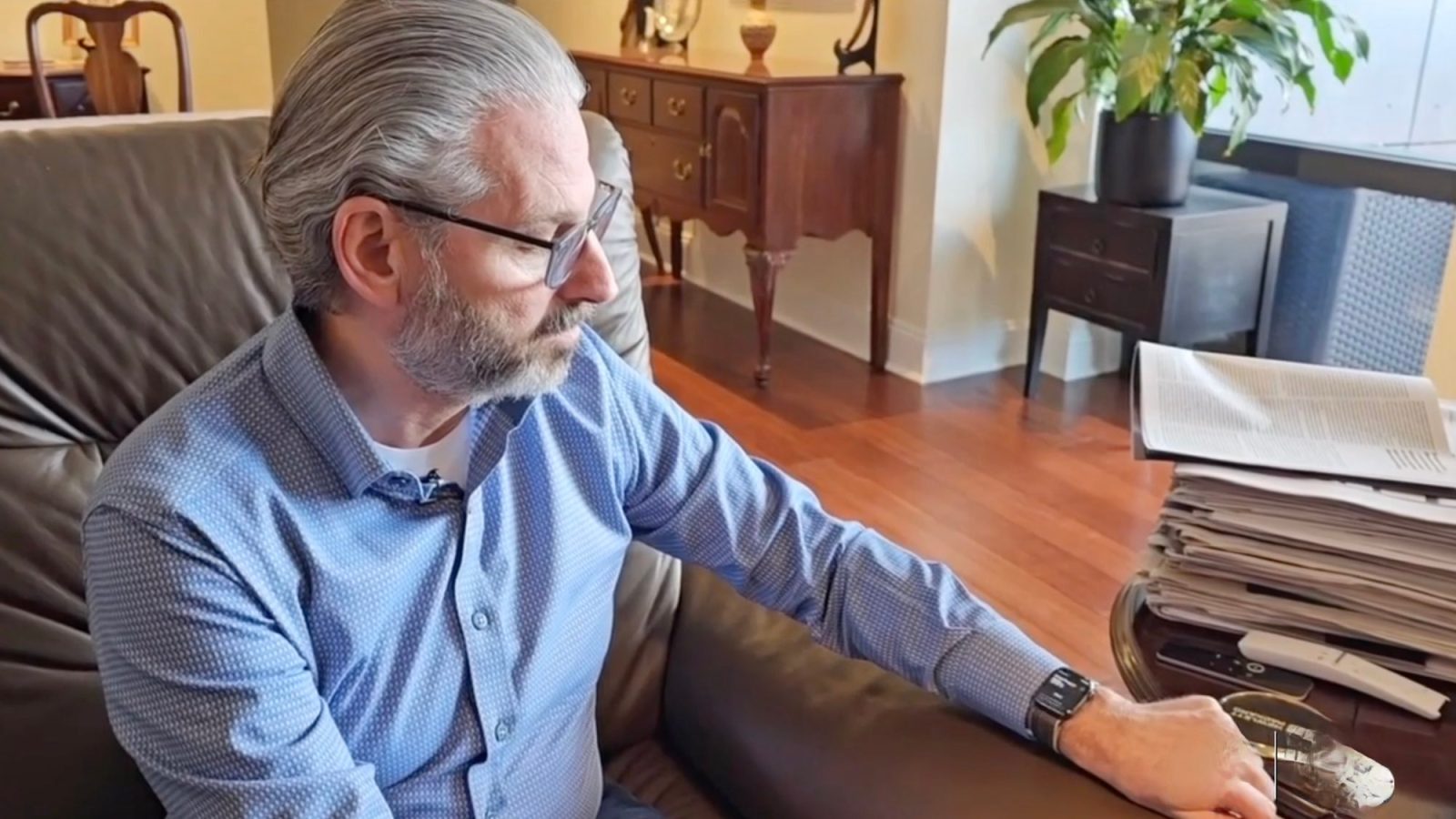
We hear a lot of stories from Apple Watch users who say the device has alerted them to potentially life-threatening health issues. A new story out of Ohio, however, is one of the first of its kind.
Ken Counihan says that a combination of respiratory rate and blood oxygen data from his Apple Watch alerted him to a potentially fatal condition last fall…
Apple Watch’s respiratory rate and blood oxygen data
As reported by local news affiliate News5 in Cleveland, Ohio, Counihan is an avid Apple Watch user, relying on the device for workout tracking, sleep tracking, and much more. Last October, however, he noticed that his respiratory rate was elevated. Your respiratory rate is the number of breaths you take per minute, and an elevated number can signal a number of potential health issues.
The Apple Watch is able to monitor your respiratory rate while you sleep. Since Counihan wears his Apple Watch for sleep tracking, the Health app was able to collect his respiratory rate and look for trends and changes in those trends. The Health app offers a “Health Trends” feature, which can notify you when there’s a change in a specific metric.
In his case, Counihan decided to go to outpatient care, where he had an X-Ray done and ultimately got sent home with bronchitis medicine.
“I got an alert back in October that my breathing was elevated. So basically you have a certain number of breaths per minute, basically said I went from 14 to 17 or 18,” Counihan said. “My wife had me make a phone call to my son and he suggested I go to the outpatient care, get it looked at, which is what I did. And they just did an X-ray. And they gave me some meds for bronchitis at the time.”
Later that day, however, Counihan received another alert on his Apple Watch: his blood oxygen level was falling. “My blood oxygen — which is normally mid-90s, which is what is supposed to be, kind of 95 and up — started to get out to the mid-80s,” he said. At the request of his family, Counihan then reluctantly went to the emergency room.
Using the numbers he provided from the Apple Watch, plus additional vitals collected in the ER, doctors ordered a CT scan. This CT scan is what revealed the underlying cause of Counihan’s symptoms. “They took me back to the CT scan and found that I had blood clots all over my lungs,” he said.
Counihan was then prescribed blood thinners and is “feeling much better,” and he credits the Apple Watch with saving his life. He says doctors told him that if he’d gone to bed instead of coming to the ER that night, he “may not have woken up the next morning.”
“What the doctor said as a follow-up was it if I hadn’t gone in, he said 60% of the people that have this condition at that stage—if I gone to bed, I may not have woken up the next morning,” Counihan said.
“I’ve got three kids and two grandkids, hopefully some more grandkids in the next couple years, I just want to continue to enjoy that,” Counihan said. “I’ve got friends that have gone out and bought an Apple Watch as a result. I just had dinner with a friend the other night…and he’s looking to get an Apple Watch now as well. It saved my life. It’s amazing.”
Dr. Lucy Franjic, an emergency medical physician at Cleveland Clinic, echoed Counihan’s praise for the Apple Watch:
“We do have patients that come in and they do notice these trends of ‘my heart rate’s higher than usual’ or ‘it’s showing me that… I’m having an abnormal rhythm,'” Franjic said. “And so having those pieces of information can kind of just help the physician to try and diagnose what the underlying issue is and to help prevent any life-threatening emergencies from occurring.”
This is an interesting look at how two pieces of data collected by the Apple Watch can be used in tandem to alert someone to bigger health problems. The Apple Watch itself, of course, can’t alert someone to a potential blood clot, but it can provide the insight necessary to prompt someone to seek further medical care.
This also marks one of the first – if not the first – times we’ve seen the blood oxygen feature of the Apple Watch used for something like this. Apple itself says the blood oxygen feature is “only designed for general fitness and wellness purposes,” but the data can clearly still be broadly useful as a reference point for other health issues.
Follow Chance: Twitter, Instagram, and Mastodon
FTC: We use income earning auto affiliate links. More.




Comments